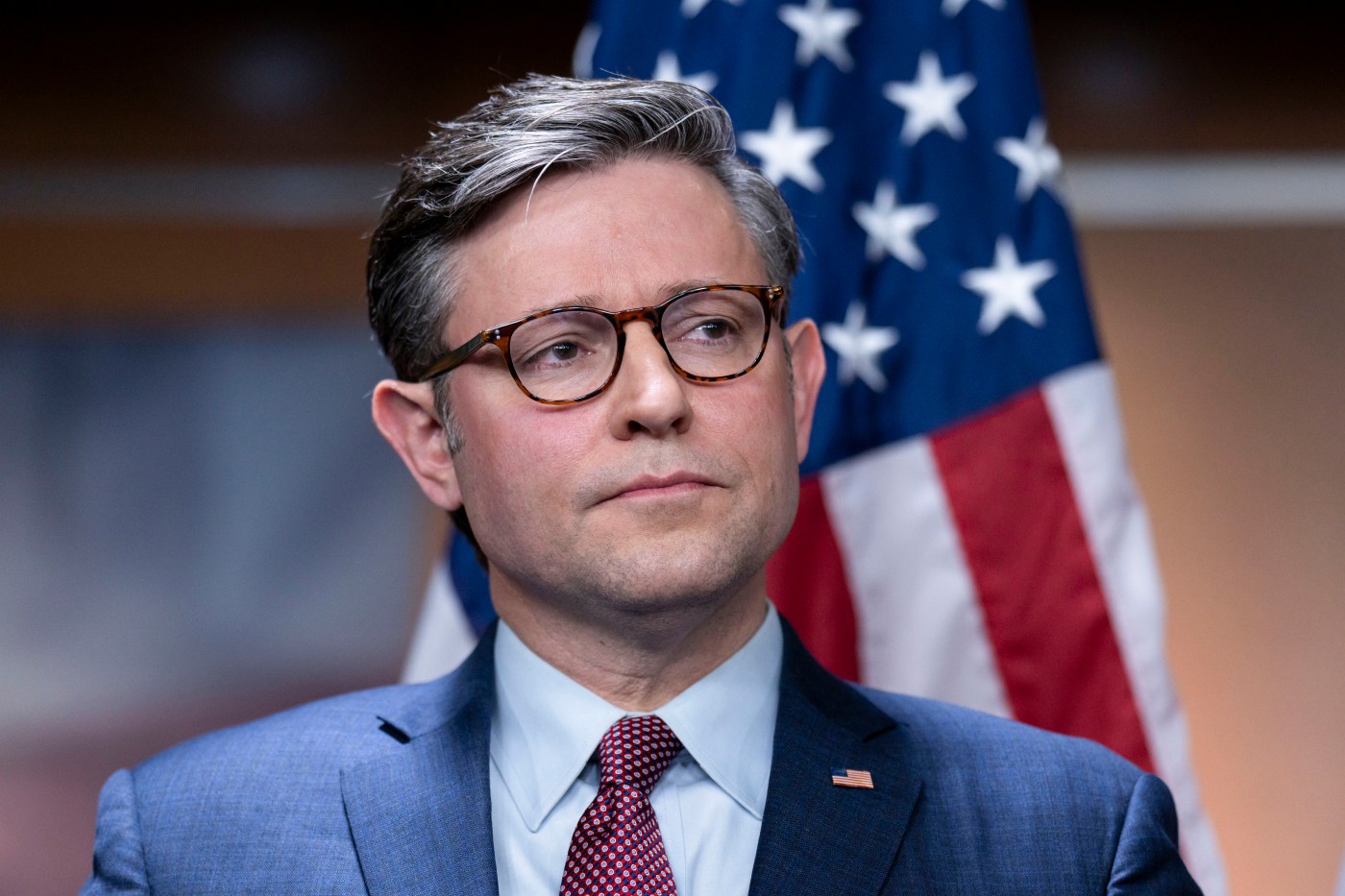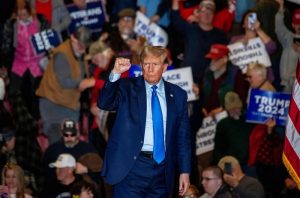
Government shutdown risk looms again
The U.S. still faces a risk of a government shutdown at the end of this week despite a new compromise plan by Speaker Mike Johnson that leaves out hardline conservative priorities like cutting spending and curtailing migration.
A shutdown would threaten a downward U.S. credit rating adjustment by Moody’s Investors Service, which has cited political dysfunction as a growing risk to bond investors. A federal funding lapse would also have political repercussions for both parties.
Congress has just days to pass a new stopgap bill before funding runs out after Nov. 17. Johnson on Sunday suggested his plan would buy lawmakers time to negotiate individual spending bills, which fiscal conservatives have demanded.
“Washington’s spending addiction cannot be broken overnight,” he said on the social media site X. “But I will not allow end of year megabus spending packages to continue under my leadership.”
Johnson’s plan could still run aground in the face of combined resistance from GOP conservatives and the White House, which is irked by the lack of Ukraine aid in the plan and the fact it extends funding for some agencies to Jan. 19 and others to Feb. 2.
The House plans to vote on the plan on Tuesday. Johnson will need some Democratic votes given his narrow majority and opposition by fiscal conservatives.
Even before that stopgap vote, conservatives could block the plan before it comes to the floor or on a procedural vote setting up debate.
“Disappointing is as polite as I can muster. I will be voting NO,” conservative Warren Davidson of Ohio said on X Saturday.
Democrats have been muted in their reaction to Johnson’s plan but there were some early signs it could receive bipartisan backing.
“I don’t like what the House is talking about but I’m willing to listen,” Connecticut Senator Chris Murphy said on NBC’s Meet the Press.
The White House, however, said Johnson’s plan would only lead to future shutdowns. President Joe Biden could issue a formal veto threat later Monday.
But the bill lacks the strings that many Democrats had feared, and a veto threat could allow Republicans to blame the shutdown on the president.
This year has brought the U.S. near a debt default, provoked Fitch Ratings to downgrade the nation’s sovereign debt and cost Johnson’s predecessor his job. Republican hardliners ousted then-Speaker Kevin McCarthy after he offered a similar strings-free stopgap.
Moody’s, the only major credit grader still to give the U.S. its top rating, on Friday changed its ratings outlook for the U.S. from stable to negative, citing risks to the nation’s fiscal strength and political polarization in Congress.
A shutdown beginning Saturday would furlough hundreds of thousands of federal workers just before the Thanksgiving holiday and delay government contracts and vendor payments. Military personnel, law enforcement officers and other essential employees would continue to work but go without pay until the impasse is resolved.
Financial markets so far have shrugged off the growing risk of a shutdown as investors focus on high interest rates, volatility in bond markets, slowing consumer spending and war in the Middle East.


